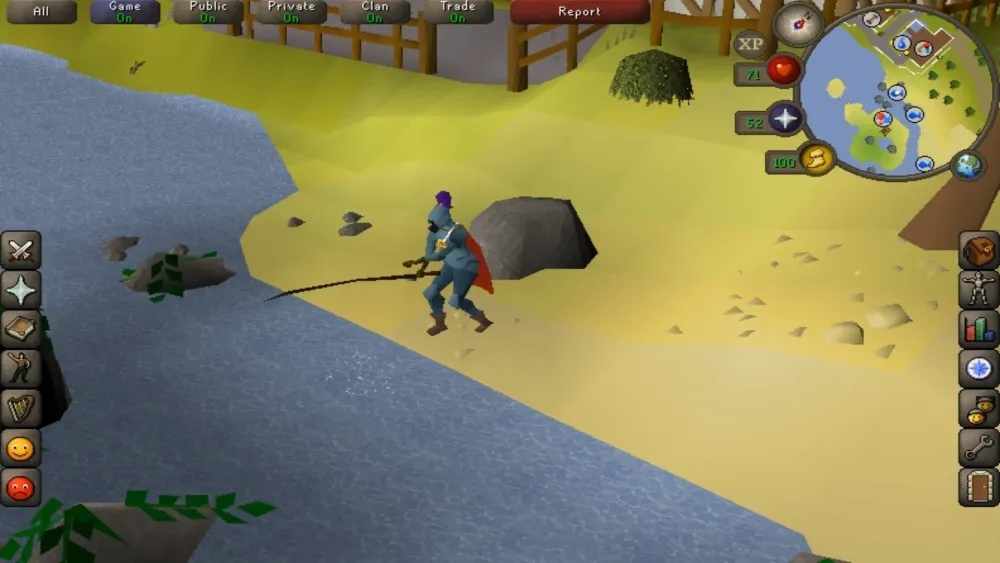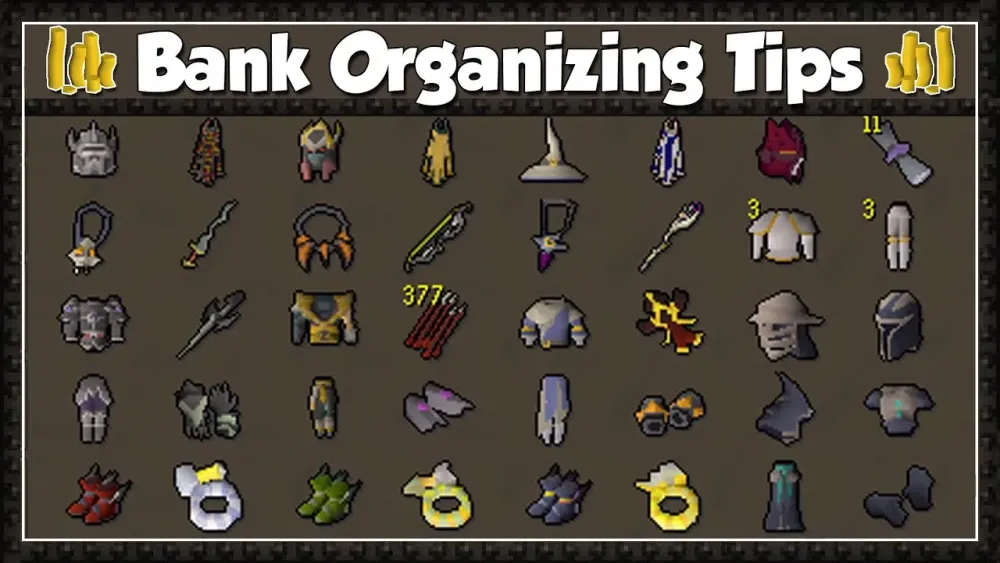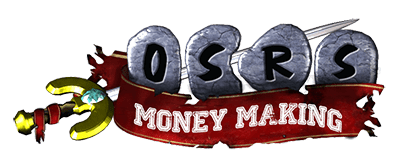Your cart is empty
How to Tag Stuff in Old School RuneScape (OSRS): A Complete Guide

Tagging in Old School RuneScape (OSRS) is a key mechanic that every player should understand, especially when it comes to securing loot and experience points (XP) in combat. Whether you’re a new adventurer or a seasoned veteran, mastering how to tag monsters can make a huge difference in your gameplay efficiency. In this guide, we’ll break down everything you need to know about tagging in OSRS, from the basics to advanced strategies, all while keeping it SEO-friendly for players searching for tips. Let’s dive into the world of Gielinor and learn how to tag stuff effectively!
Tagging refers to the process of determining which player gets credit for a monster’s drops and XP in OSRS. It’s a mechanic tied to combat that dictates loot distribution and XP allocation based on specific rules. Understanding tagging is crucial for activities like Slayer tasks, bossing, or even casual monster hunting.
The Basics of Tagging
In OSRS, monsters fall into two categories: taggable and untaggable. Taggable monsters award drops and XP to the first player who lands a hit, while untaggable monsters distribute rewards based on who deals the most damage. Knowing which type of monster you’re facing is the first step to mastering tagging.
Why Tagging Matters
Tagging can mean the difference between walking away with a rare drop or leaving empty-handed. For example, in crowded areas like the Chaos Druids or Frost Dragons, tagging ensures you secure the kill. It’s also vital for Ironmen, who rely solely on their own efforts for loot.
How Tagging Works for Taggable Monsters

Taggable monsters are the bread and butter of many OSRS training spots. These creatures follow a simple rule: the first hit claims the prize. Here’s how it works in practice.
Identifying Taggable Monsters
Taggable monsters are marked with an asterisk (*) next to their name when you attack them. Common examples include:
- Chaos Druids – Popular for herb drops
- Frost Dragons – High-value bones and loot
- Rock Crabs – Great for early combat training
Tagging Mechanics in Action
Once you land the first hit on a taggable monster, it’s “tagged” to you. Even if another player swoops in and deals more damage, you’ll still get the XP and drops—provided the monster dies within a certain time limit (usually around 30 seconds). If the timer expires, the tag resets, and it’s fair game again.
Tips for Tagging Taggable Monsters
- Use a fast-attacking weapon like a dart or shortbow to tag quickly.
- Position yourself strategically in multi-combat areas to hit first.
- Avoid overcommitting to a fight if you’re just tagging—let others finish it off.
Tagging Untaggable Monsters: Damage Is Key
Unlike taggable monsters, untaggable ones reward the player who deals the most damage. This mechanic is common with bosses and high-level creatures, making it a different ballgame altogether.
Examples of Untaggable Monsters
Some notable untaggable monsters include:
- General Graardor – Bandos boss
- Kree’arra – Armadyl boss
- Abyssal Sire – Slayer boss
How to Tag Untaggable Monsters
For untaggable monsters, tagging isn’t about speed—it’s about power. You need to out-damage other players to claim the loot. This often requires high-level gear, strong combat stats, and a solid strategy.
Strategies for Success
- Bring your best DPS (damage per second) gear, like a Twisted Bow or Scythe of Vitur.
- Use potions (e.g., Super Combat Potion) to boost your stats.
- Coordinate with a team if it’s a group boss—split damage doesn’t count toward your total.
Tagging Etiquette and Multiplayer Dynamics
Tagging isn’t just about mechanics; it’s also about playing nice (or not) with others. In OSRS’s shared world, tagging can lead to competition—or cooperation—depending on the situation.
Tagging in Crowded Areas
In popular spots like the Nightmare Zone or Slayer caves, tagging wars are common. Players often use low-damage, high-speed weapons to “steal” tags. If you’re on the receiving end, consider switching worlds or timing your attacks better.
Ironman Mode Considerations
For Ironmen, tagging is a solo affair. If another player tags a taggable monster and you deal more damage, neither of you can pick up the loot. This quirk makes world-hopping essential for Ironmen in busy areas.
Group Tagging and Bossing
When bossing with friends, agree on a tagging strategy beforehand. For untaggable bosses, decide who’s going for the kill or split loot evenly to avoid drama.
Advanced Tagging Techniques and Tools
Ready to take your tagging game to the next level? These advanced tips and tools can give you an edge in OSRS.
Using Ranged and Magic for Tagging
Ranged and Magic attacks often have longer reach than melee, letting you tag from a distance. A Blowpipe or Chinchompas can tag multiple monsters at once in multi-combat zones, while Magic spells like Ice Barrage can lock down a target before others get a chance.
Leveraging Client Features
The RuneLite client offers plugins that highlight monsters’ health bars or show tag status, helping you track your targets. While not mandatory, these tools can streamline your tagging efforts.
Tagging Efficiency Table
| Monster Type | Tagging Method | Best Weapon | Pro Tip |
|---|---|---|---|
| Taggable | First Hit | Darts/Shortbow | Attack and retreat |
| Untaggable | Most Damage | Twisted Bow | Maximize DPS |
| Multi-Combat | Area Tagging | Chinchompas | Hit multiple targets |
World Hopping for Success
If a world is too crowded, hop to a less populated one. Lower-ping worlds (e.g., those closer to your region) can also improve your tagging speed due to reduced lag.
Tagging in OSRS is a blend of strategy, timing, and sometimes a bit of luck. Whether you’re sniping Chaos Druids for herbs or battling it out with General Graardor for a Bandos Chestplate, understanding how to tag stuff can elevate your gameplay. Practice these techniques, adapt to the situation, and you’ll be tagging like a pro in no time. Happy scaping!
